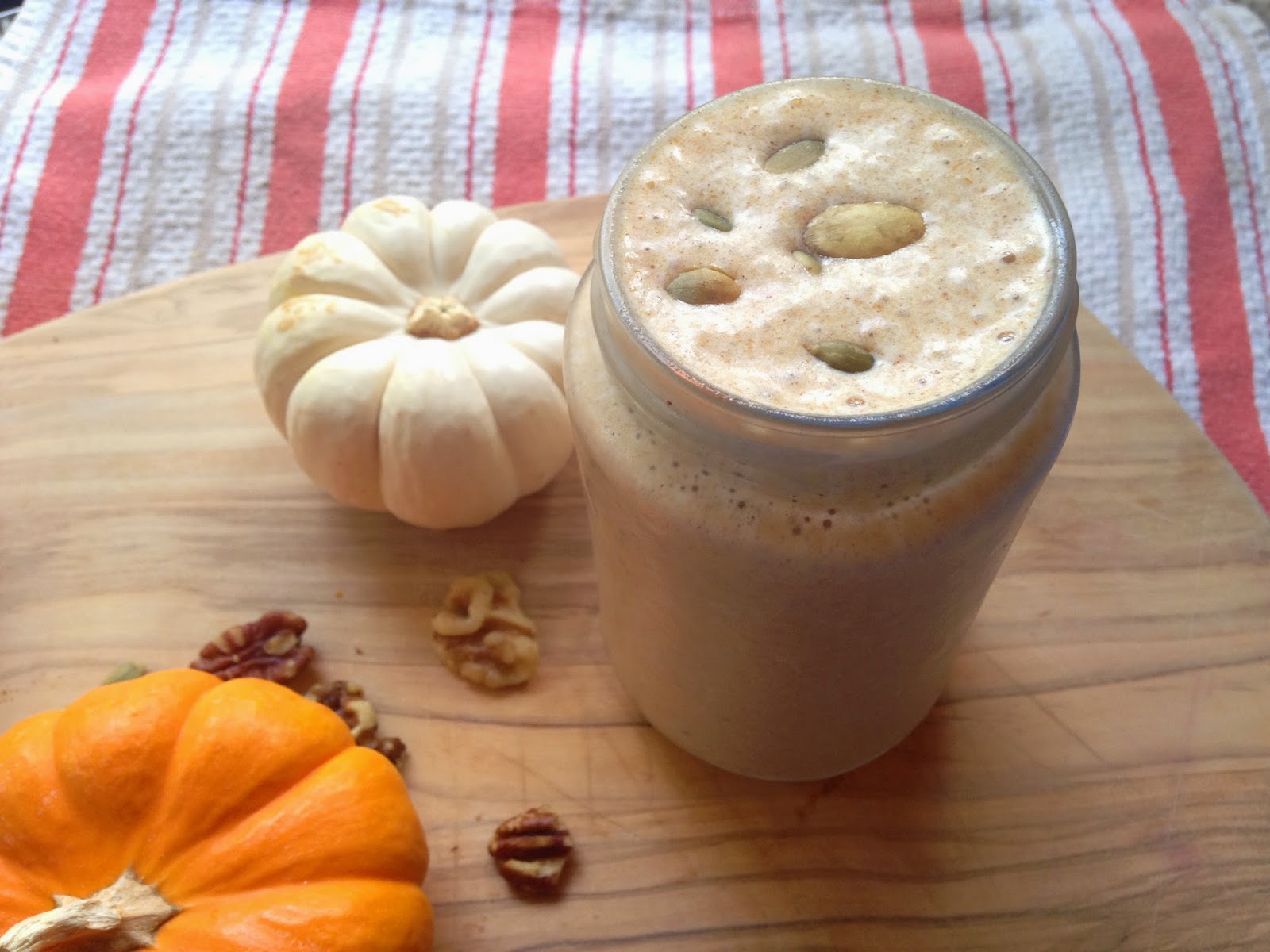
Fall harvest brings so many delicious fruits...but they sure can pile up after a while! The next time you have a big batch of overripe pears or apples (or both), try our pear/apple "Prapple" butter recipe below. It is really easy and fun to make, plus the whole house will smell amazing while it cooks! It keeps well in the fridge and makes for a great topping on whole wheat toast, oatmeal, or even frozen yogurt. You can make this recipe with any combination of pears and apples you have on hand, but our favorite combination for this recipe is half McIntosh apples with half D'Anjou pears.
Prapple Butter (Pear and Apple Butter)
Ingredients:
8 medium sized pears and/or apples, sliced thick (cores/seeds removed)
1 cup apple juice or apple cider
1/4 cup apple cider vinegar
1 tablespoon cinnamon
1 teaspoon allspice
Instructions:
Combine all ingredients in the slow cooker and stir to blend well. Set on low for 10 hours. Blend in the blender or with an immersion blender until smooth. Let cool at room temperature and then keep refrigerated.






